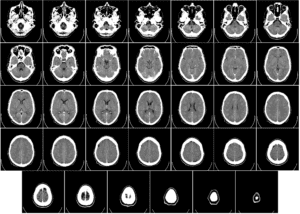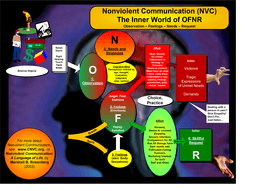How Our Brains Reinforce Our Biases

By Department of Radiology, Uppsala University Hospital. Uploaded by Mikael Häggström. [CC0 or CC0], via Wikimedia Commons
Not engaging the second system to reflect and use our inquisitive powers to make decisions can significantly affect our world view and the way we absorb information and ultimately reinforce the biases we have. Because our brains and our culture haven’t evolved to take the time to challenge assumptions and really dive in to complex questions, it takes practice to overcome our knee-jerk reactions. But even more than that, the reason we can make those instant judgments is because of associations we’ve learned to make.
Our brains largely remember things based on how they relate to other things. That’s why we have to work so hard to memorize random dates and names, but if we put them to music or create some system around them that makes more sense, we can more easily lodge them in our memory banks. But sometimes those associations are simply manufactured, and this can be terribly harmful from time to time.
If you grew up in a family that taught you to associate people with a certain skin color with danger, when you’re in a hurry or otherwise engaged, you’ll fall back on those biases and make choices based on them. Even if you “know better” or have friends of color, you’re more likely to make snap judgments based on associations you have. It takes real effort to examine the narratives that drive our behavior and interrupt those associations that are not valid.
If your knee-jerk reactions are rooted in fear or discomfort, the way our brains work, those thoughts have more weight than other thoughts, which means it takes more effort over time to dismantle them. It’s human nature to take the path of least resistance and, in fact, we are often considered “efficient” when we don’t take a long time to make decisions. As I said, often, those choices are perfectly fine and even beneficial, but when they involve relationships with other people about whom we may have biases, it is important to slow down and really pull apart where we might be making thought errors. The more we can do this with adolescents, the more comfortable they get with it and the more likely they are to be able to challenge their thinking errors over time – with respect to themselves and others.
One important exercise teachers can do with students to illustrate this phenomenon is to set up some common, everyday decision points and have students share what their first reaction would be and what it’s based on. Write those down and see if there are patterns. Are some of the choices based in fear or risk-avoidance? Where can students challenge those assumptions? Given an ample bit of time to access their reflective brain, would they make a different choice? It’s true that often our instincts guide us in beneficial ways, but there are times when it’s more in our best interest to stop and question whether those choices are rooted in things that aren’t accurate.
Next time: how our unconscious biases affect the way we see ourselves.


